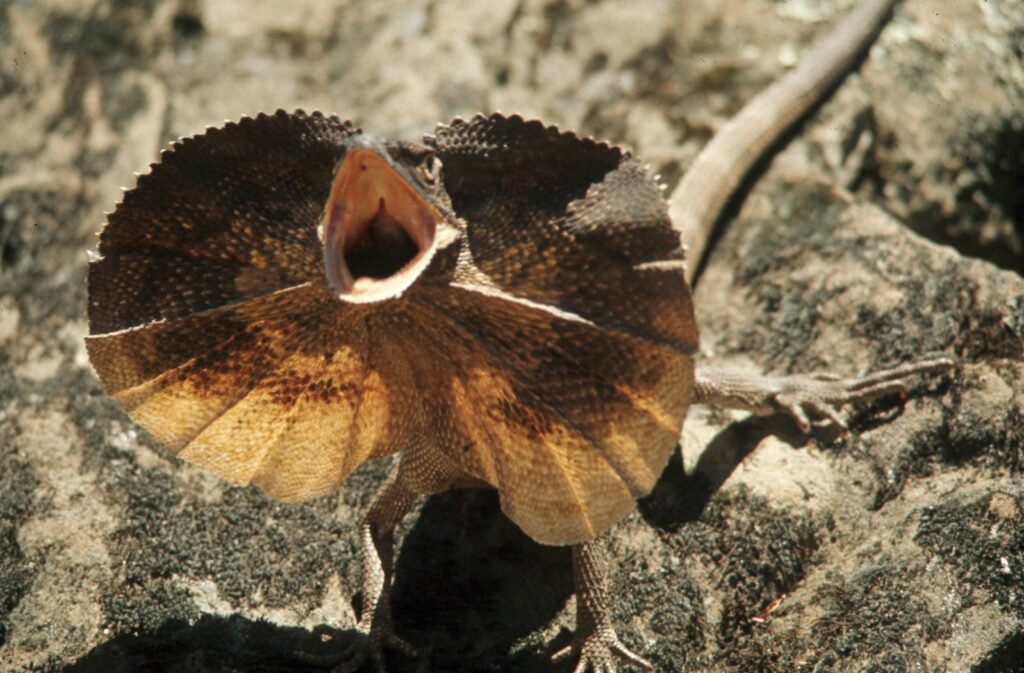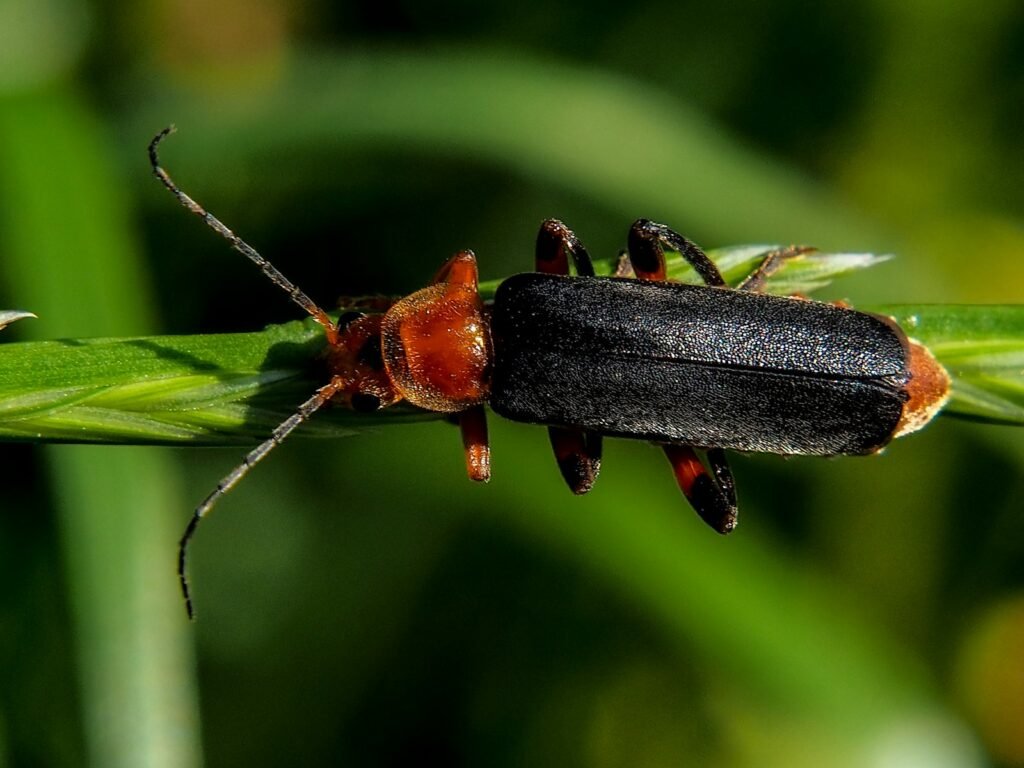Imagine stepping into a room where time stands still. Shelves stretch as far as the eye can see, each one brimming with curious jars, delicate feathers, vibrant butterflies, old bones, and pressed leaves—a silent treasury of life’s diversity. This isn’t a scene from a fantasy novel; it’s the heart of a natural history museum. These often-overlooked sanctuaries are quiet heroes in the fight to protect Earth’s biodiversity, preserving not just the past, but the future of life itself. In a world racing against extinction, museums have become a powerful, comforting reminder that hope and science go hand-in-hand, one specimen at a time.
The Hidden Vaults of Nature
Behind every exhibit lies a secret: vast, climate-controlled vaults where millions of specimens are carefully stored. These hidden collections are not for public display but for preservation and research. Every beetle pinned in a drawer, every bird’s egg in a cotton nest, and every herbarium sheet is meticulously cataloged. Scientists use these preserved treasures to track changes in species distribution, DNA, and even diseases across centuries. In a sense, these vaults are time machines, letting us peek into a world before human impact took its toll.
Guardians Against Extinction
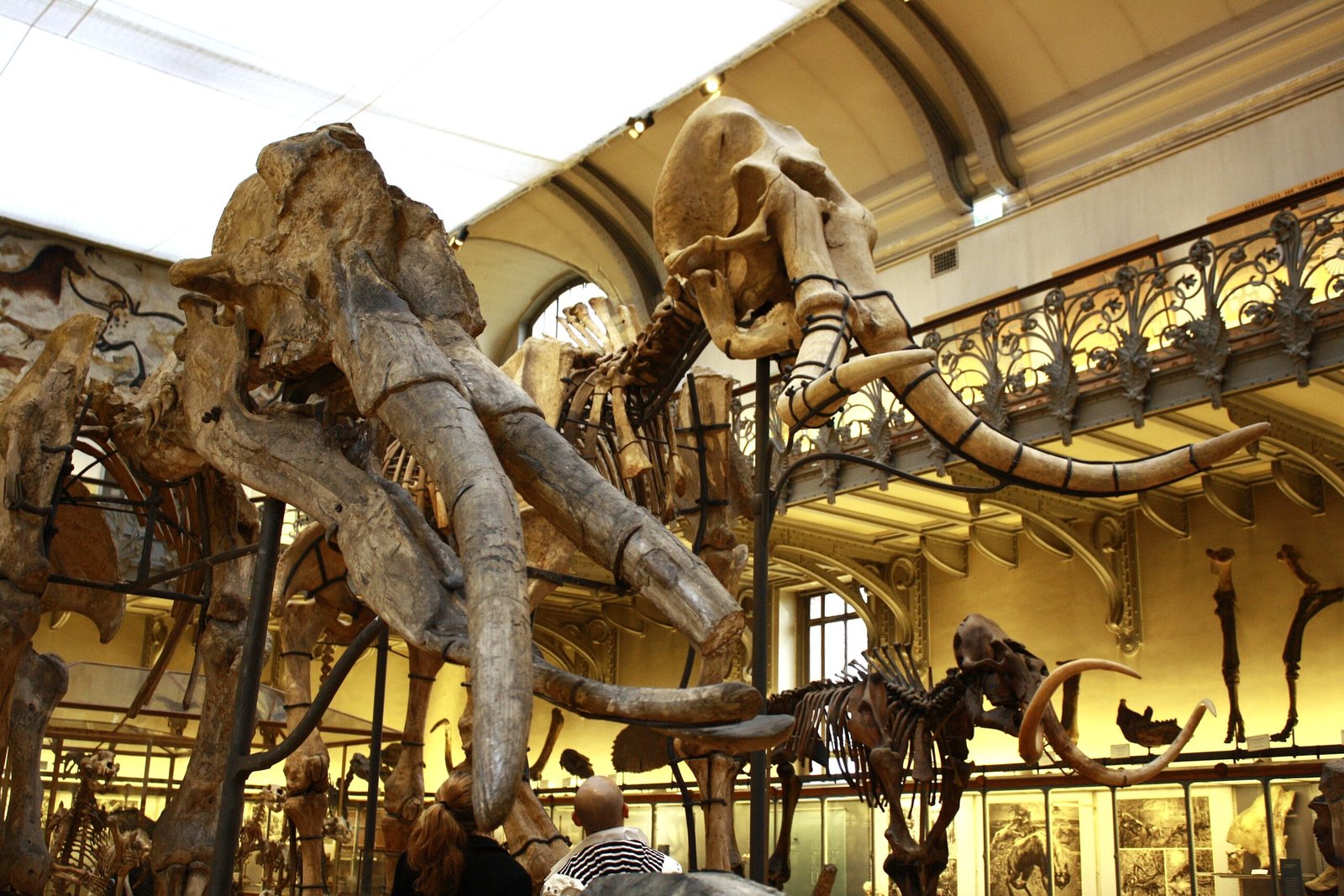
Museums are frontline defenders in the battle against extinction. When species vanish from the wild, preserved specimens may be all that’s left. These collections provide crucial DNA samples for genetic studies, sometimes even helping to resurrect lost traits through advanced techniques. In the case of the passenger pigeon or the Tasmanian tiger, museum specimens are the last tangible connection to now-extinct creatures. By holding onto these fragments of life, museums ensure that lost species are never truly forgotten.
Unlocking Genetic Mysteries
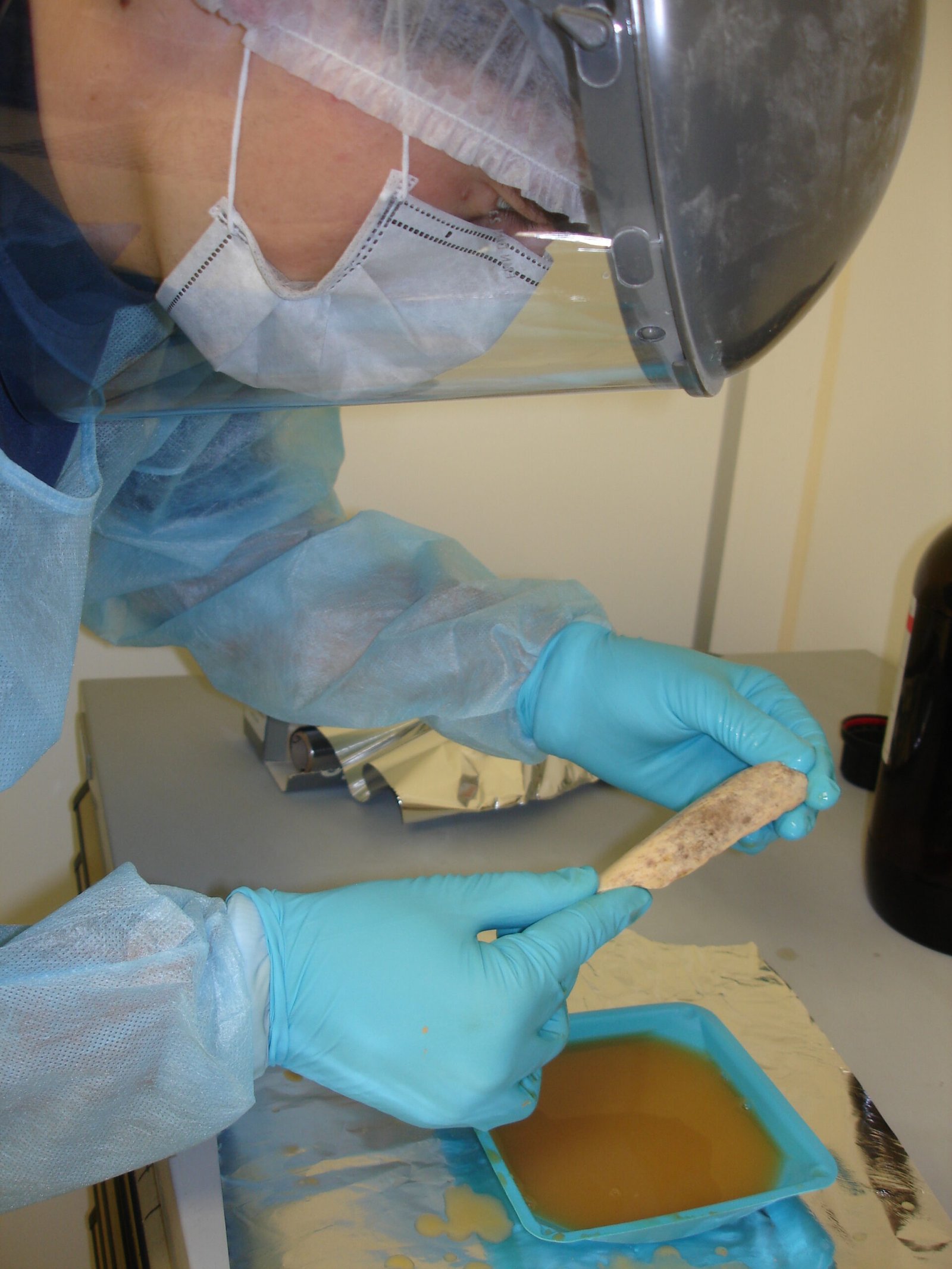
Preserved tissue, feathers, and bones hold DNA that can be extracted and studied. This genetic information is a goldmine for scientists trying to understand evolution, disease, and adaptation. In recent years, researchers have used museum specimens to solve mysteries about species origins, migration patterns, and even the spread of viruses. The ability to go back in time genetically is like having a biological diary—one written in the language of life itself.
Documenting a Changing Planet
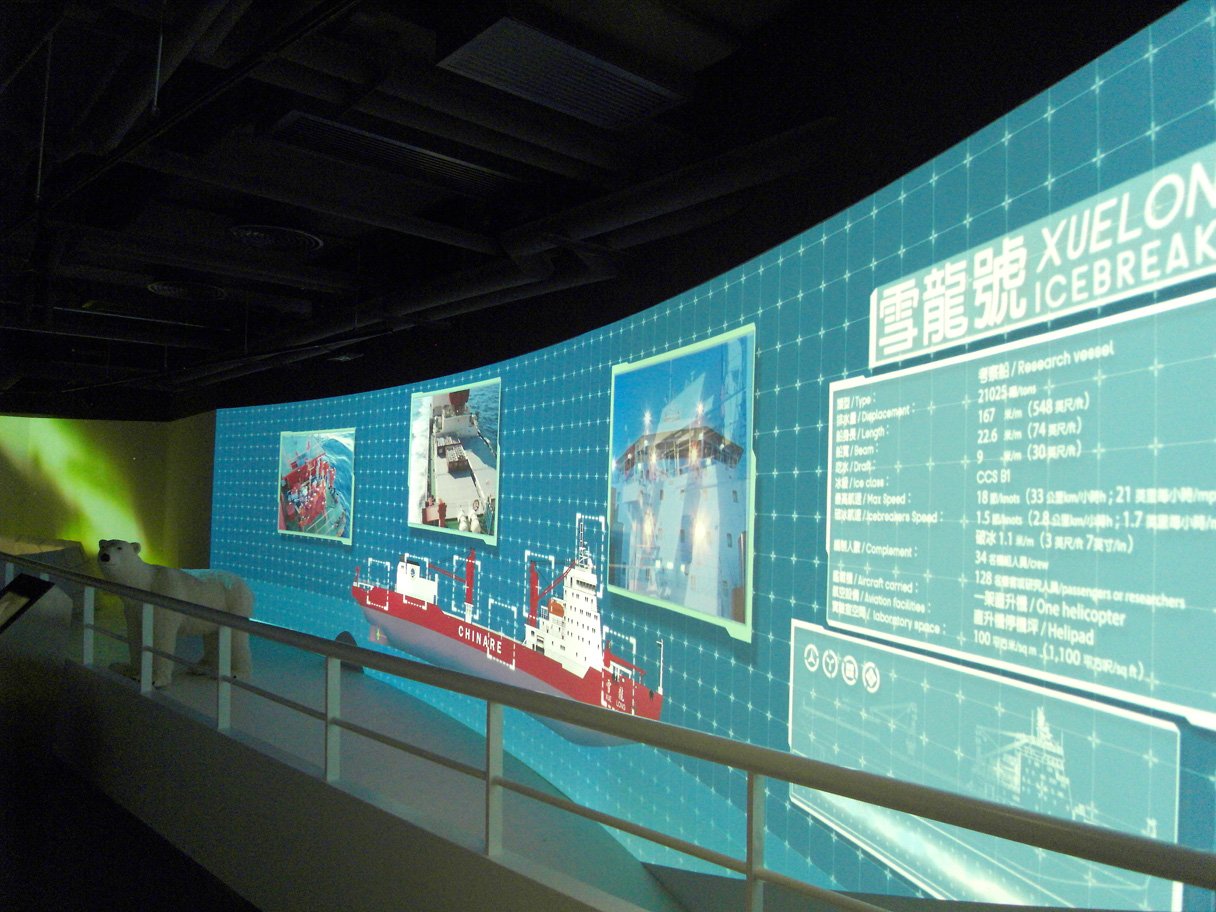
Climate change, deforestation, and pollution are altering ecosystems at a dizzying pace. Museums serve as benchmarks, offering snapshots of biodiversity from different eras. By comparing historical specimens with modern ones, scientists can see how animals and plants have responded to environmental stress. Did you know that the beaks of certain birds have actually shrunk over time because of urbanization? Museums help us catch these subtle shifts, warning us when change becomes too much.
Rescuing Endangered Knowledge
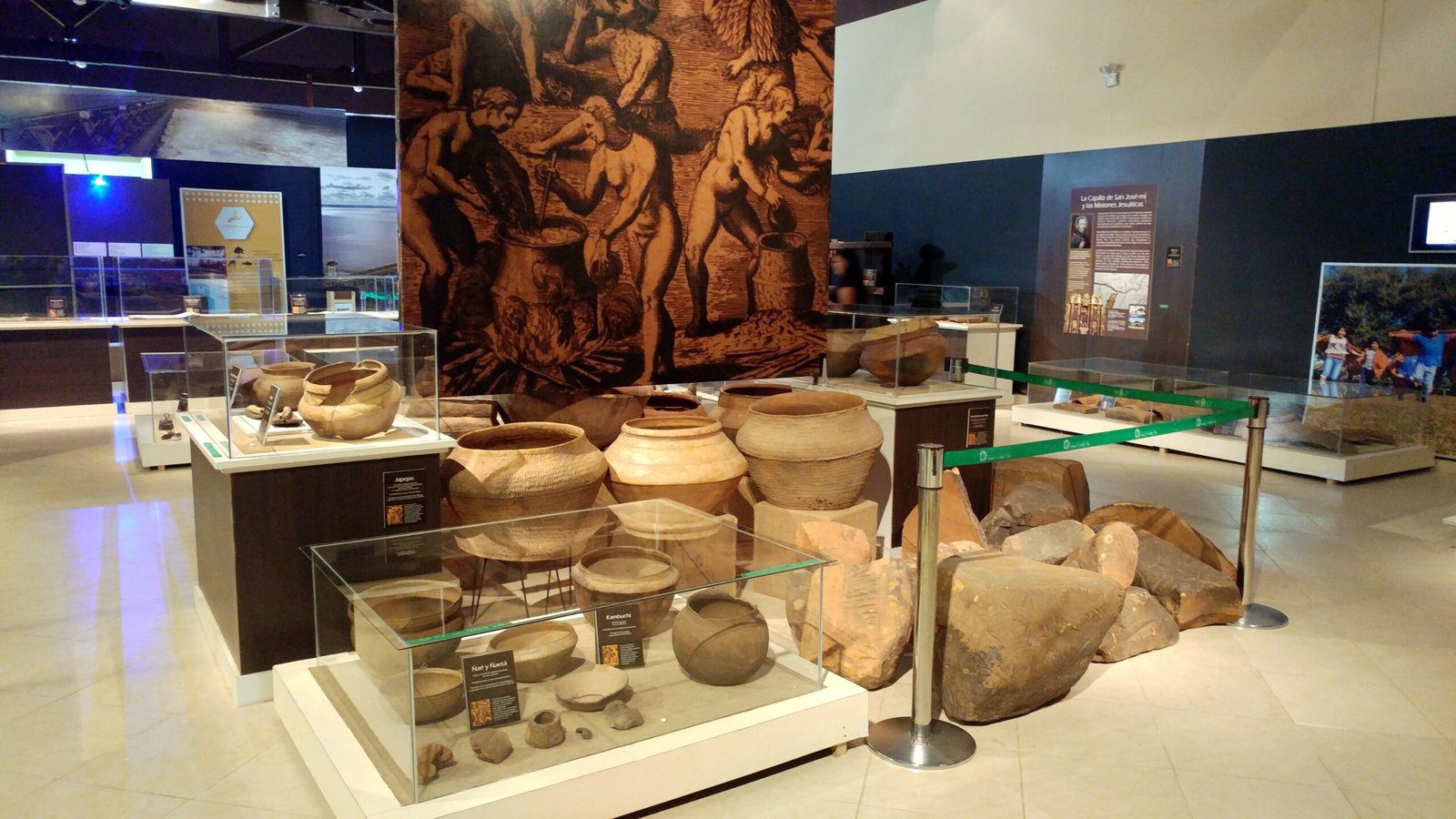
Often, the stories of indigenous peoples and their relationships with nature are at risk of being lost. Museums collect not just biological specimens, but also cultural artifacts and traditional ecological knowledge. These collections help preserve the wisdom of communities that have lived in harmony with their local environment for centuries. By ensuring that this knowledge endures, museums protect more than just species—they safeguard entire ways of understanding the world.
Inspiring Tomorrow’s Scientists
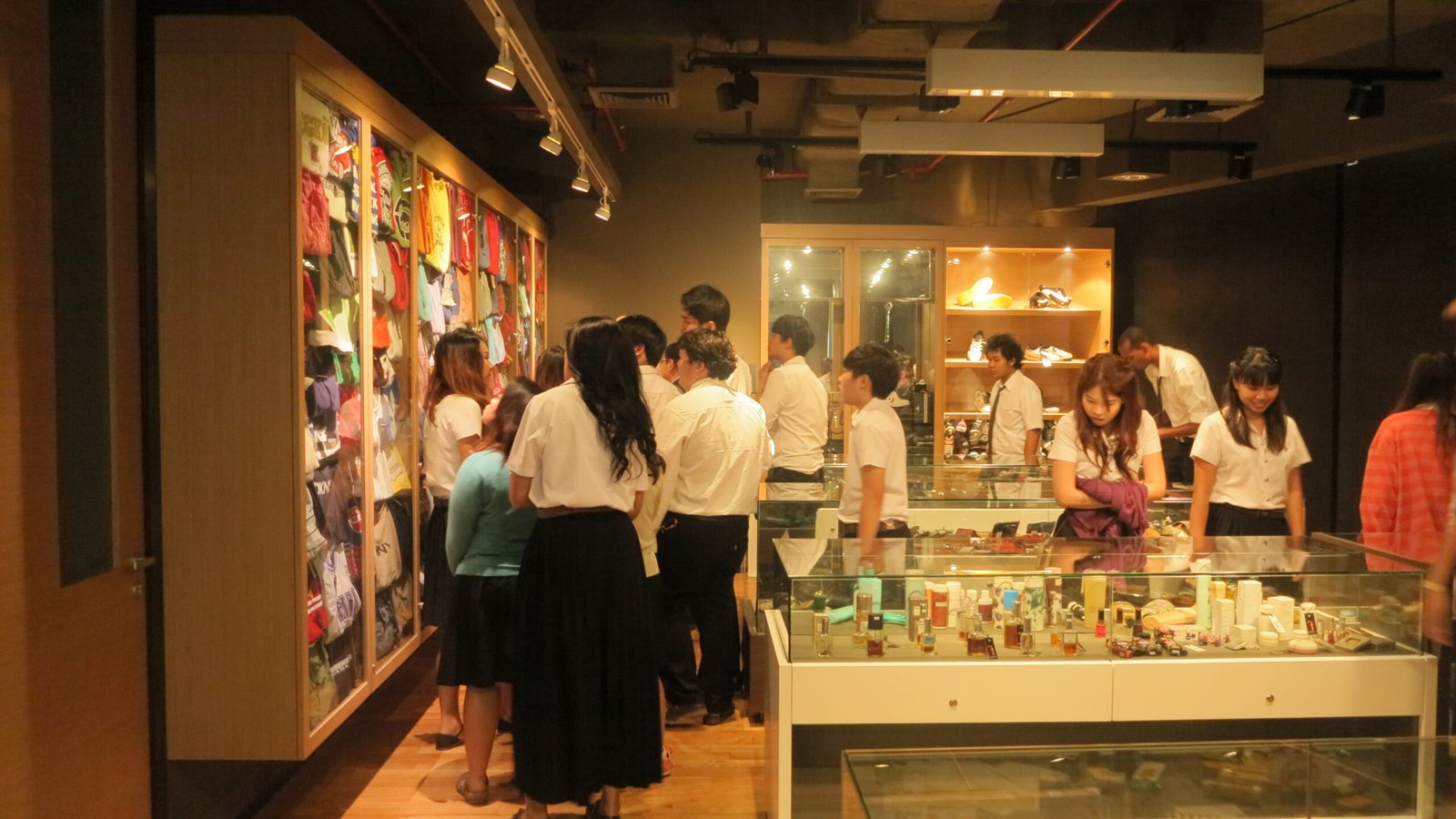
A single visit to a museum can spark a lifelong passion for science. For many, the awe of standing before a towering dinosaur skeleton or peering at a rare butterfly ignites curiosity and wonder. Museums open doors for students and young researchers, providing internships, workshops, and hands-on experiences. These early sparks often lead to careers in conservation, biology, and environmental advocacy, ensuring the next generation is ready to protect our planet.
Living Libraries of Life
Think of museums as libraries, but instead of books, they house specimens—millions of them. Each item holds information about the environment in which it lived, the challenges it faced, and the adaptations it made. Scientists borrow these “living books” to study disease outbreaks, invasive species, and even the effects of pollution. The data from these collections often leads to breakthroughs no one could have predicted when the specimen was first collected.
Conserving Species Through Education
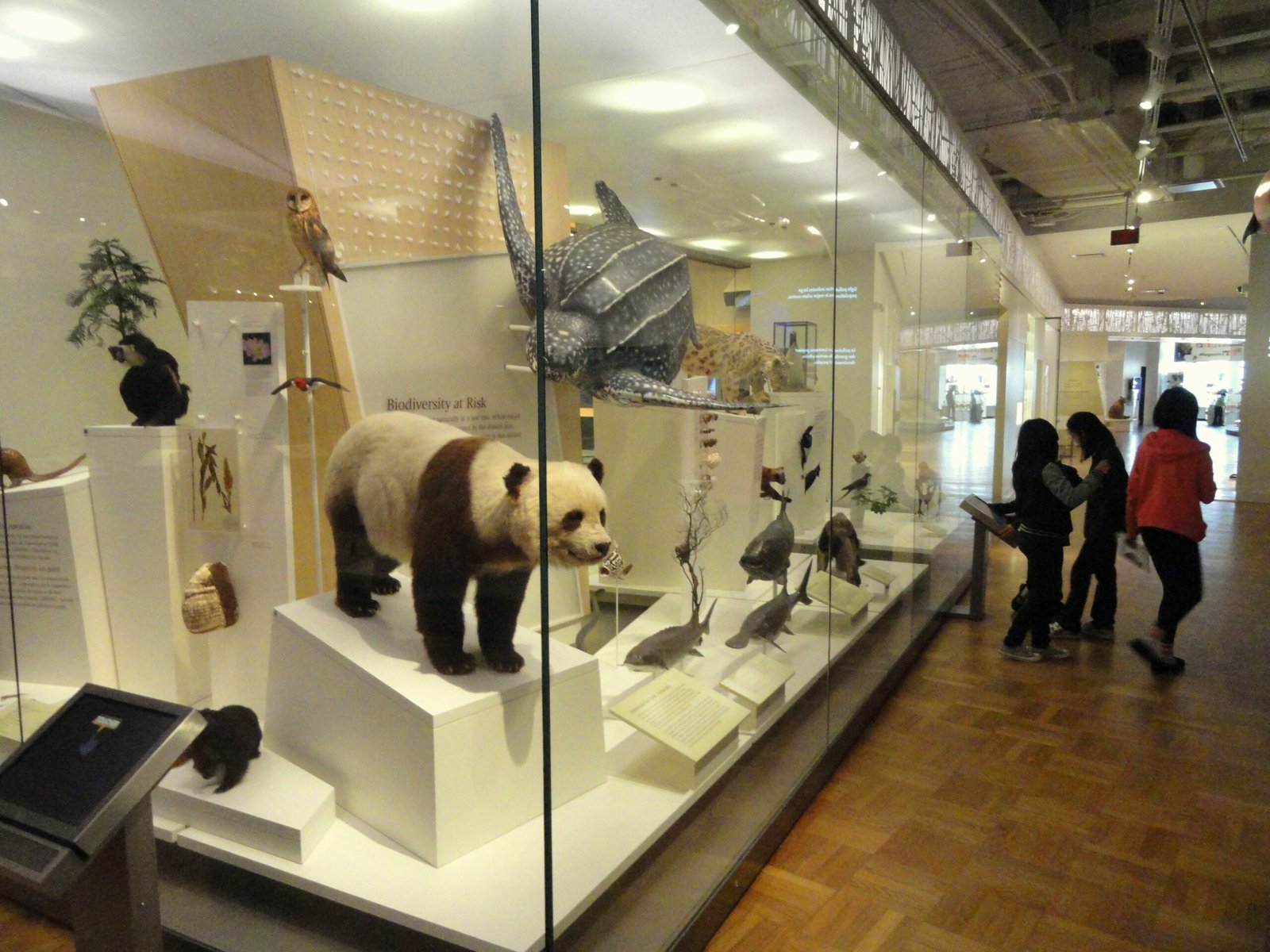
Public exhibits do more than just display fascinating creatures. They educate millions of visitors each year about the importance of biodiversity and conservation. Interactive displays, guided tours, and special events introduce people of all ages to the wonders of the natural world. By making science accessible and fun, museums build public support for conservation efforts, turning ordinary visitors into advocates for nature.
Digitizing the Past for the Future
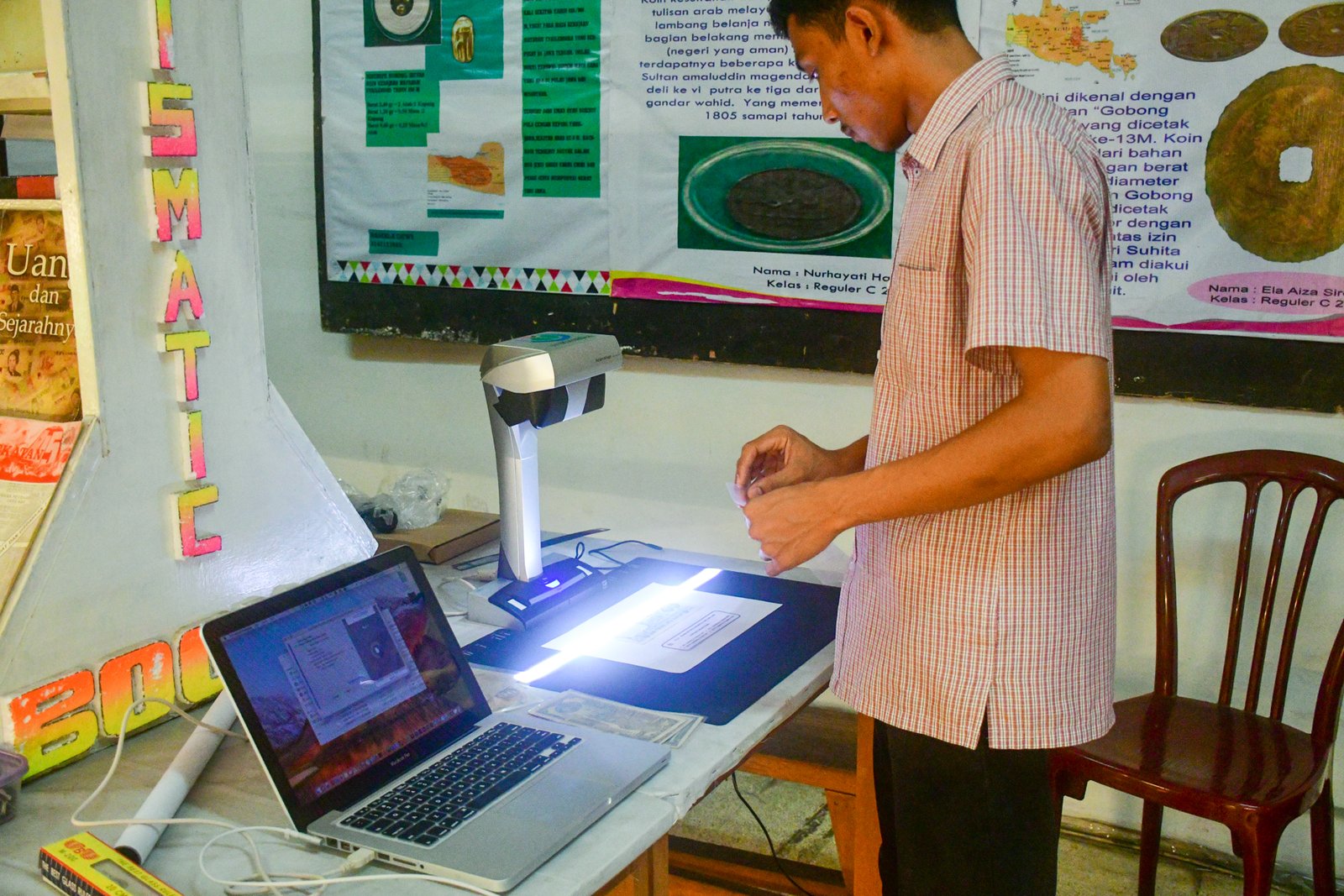
Museums are racing to digitize their collections, creating detailed online databases and 3D scans of specimens. This digital revolution allows researchers from around the globe to access data without ever leaving their labs. It also safeguards information from disasters like fires or floods. With high-resolution images, genetic data, and interactive maps, the digital museum is open 24/7—bringing biodiversity preservation into the internet age.
Citizen Science and Community Involvement
Museums are reaching beyond their walls to involve the public in scientific research. Through citizen science projects, people can help document local species, record migration patterns, or photograph pollinators. These volunteer efforts feed directly into museum research, expanding the reach and impact of biodiversity monitoring. It’s a powerful reminder that everyone, not just scientists, can play a role in preserving life on Earth.
Disaster Recovery and Preparedness
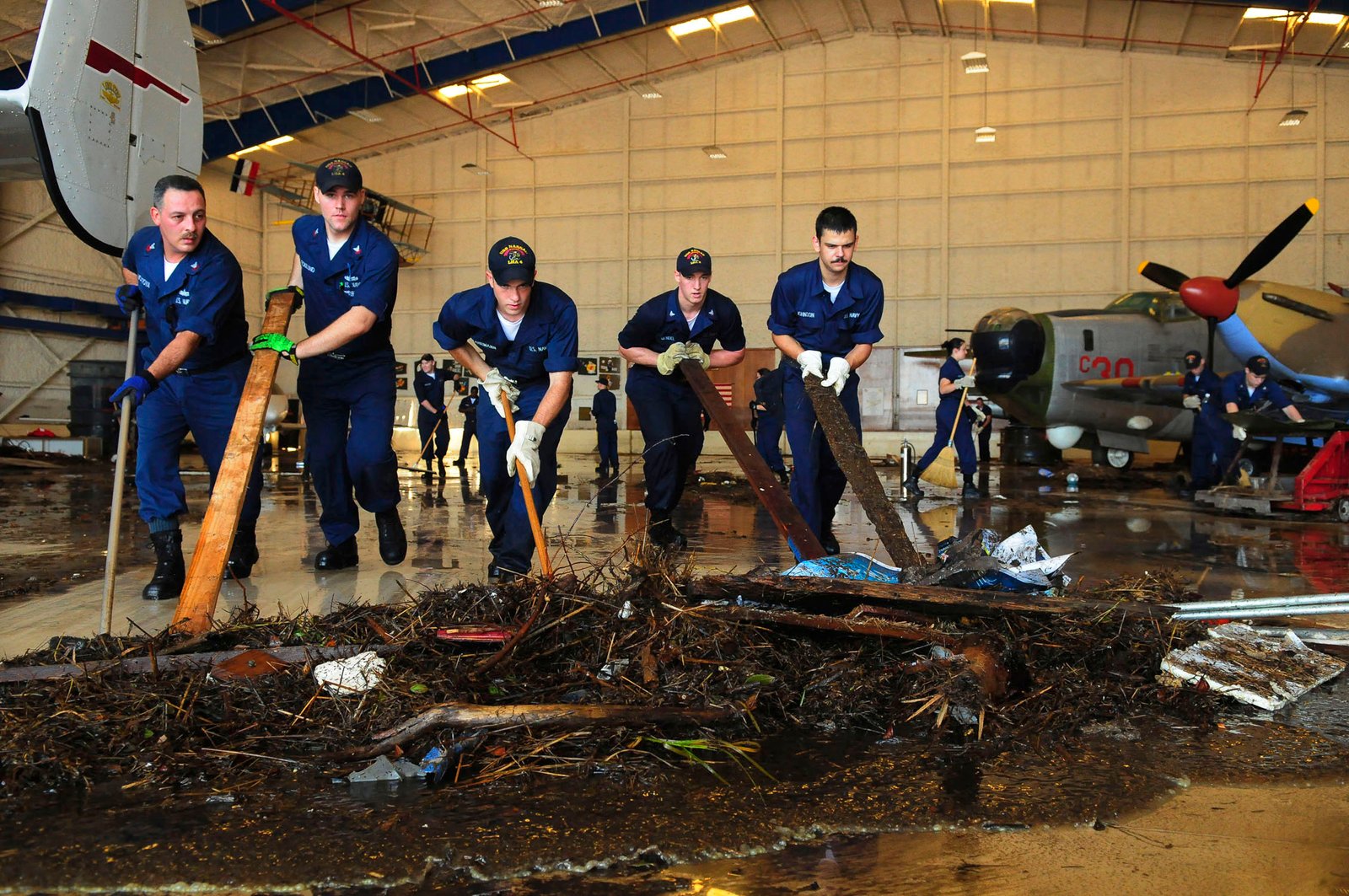
Natural disasters can threaten collections, but museums have developed sophisticated strategies for protection. Fireproof vaults, flood barriers, and emergency response teams are just a few of the measures in place. After events like hurricanes or earthquakes, museum staff work tirelessly to rescue and restore damaged specimens. Their dedication ensures that these irreplaceable resources survive not just for science, but for humanity.
Collaboration Across Borders
Biodiversity doesn’t stop at national borders, and neither do museums. International collaborations allow scientists to share specimens, data, and expertise. Joint expeditions and global research projects, like the Global Biodiversity Information Facility, unite hundreds of museums in a common cause. This spirit of cooperation magnifies the impact of each institution, creating a worldwide network dedicated to understanding and protecting life.
Preserving Endemic Species
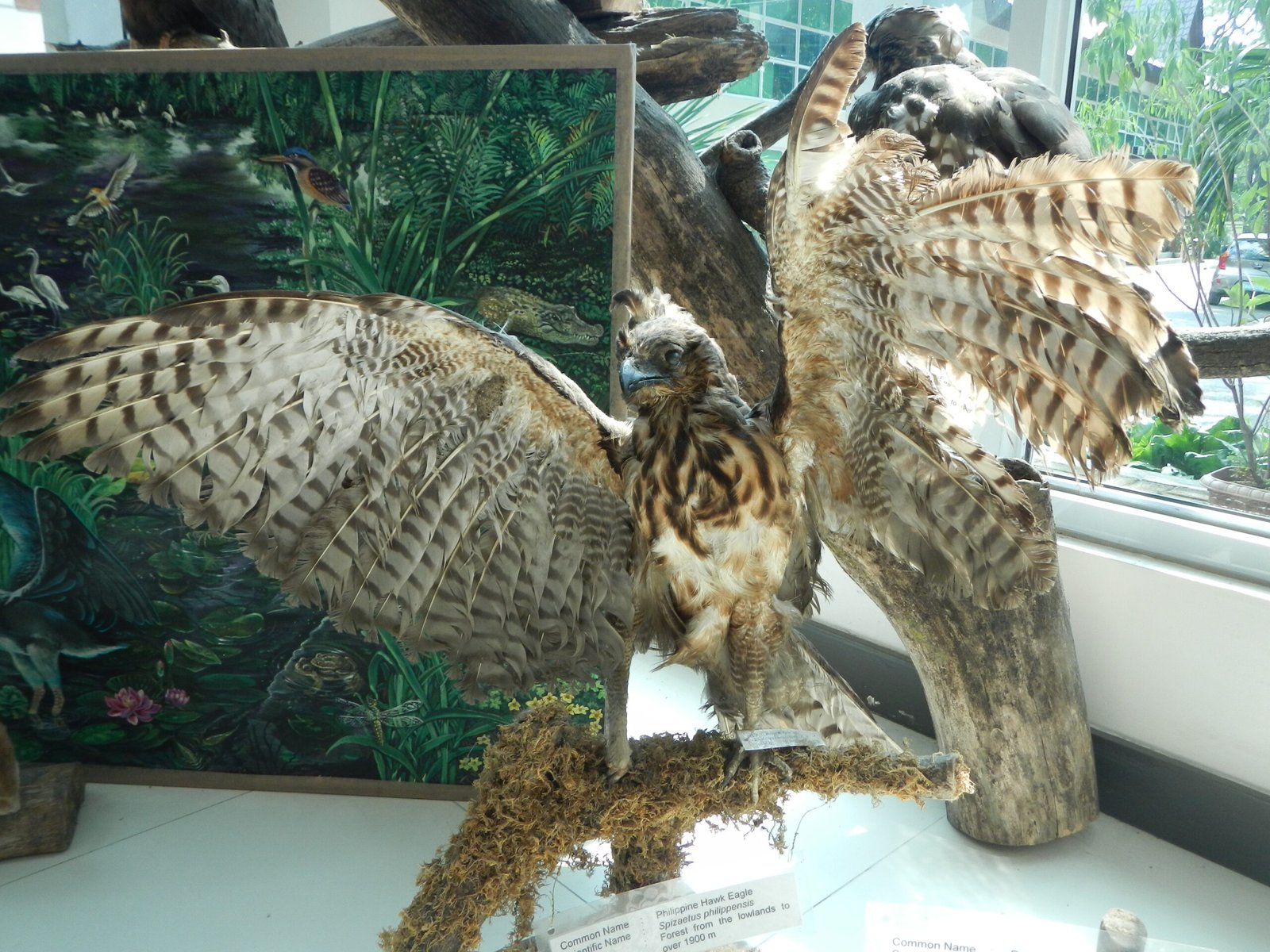
Some species are found nowhere else on Earth. Museums play a critical role in collecting and preserving specimens from these biodiversity hotspots. Whether it’s a rare orchid from Madagascar or a unique frog from the Amazon, these treasures are safeguarded for study and conservation. By focusing on endemic species, museums help highlight the urgent need to protect unique ecosystems before they disappear forever.
Tracking Emerging Diseases
Museum specimens have become unexpected heroes in the fight against emerging diseases. By analyzing preserved animals, scientists can trace the origins and spread of pathogens like avian flu or Zika virus. This detective work helps predict future outbreaks and develop strategies for prevention. In a world where pandemics can change everything overnight, museums offer a crucial line of defense.
Unraveling Evolution’s Secrets
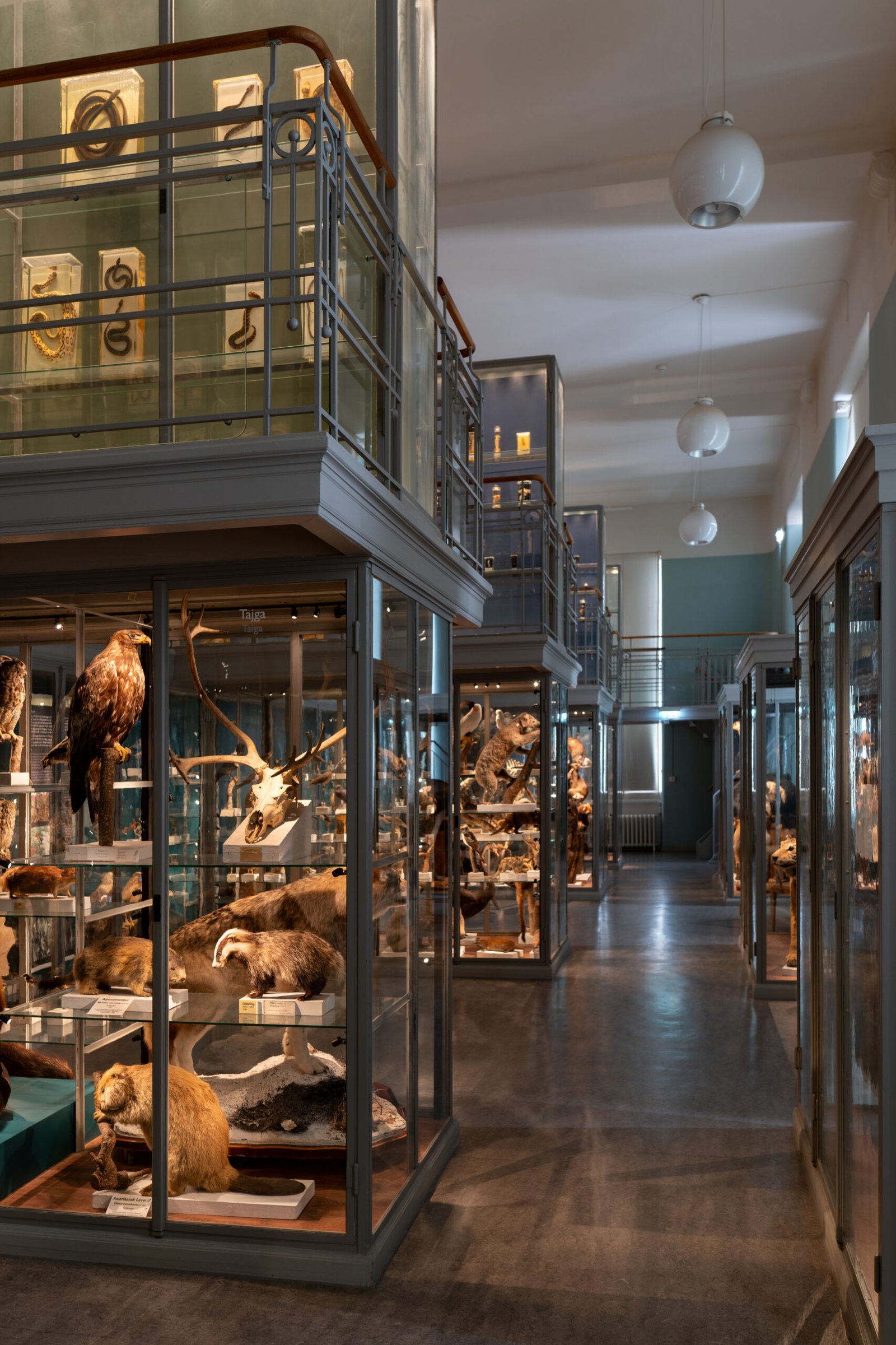
Studying specimens collected over centuries allows scientists to piece together the puzzle of evolution. Fossils, bones, and DNA reveal how species have adapted—or failed to adapt—to changing conditions. Museums provide the raw material for research into speciation, extinction, and the tree of life itself. The answers hidden in these cabinets can rewrite our understanding of how life evolves.
Ethical Collection and Conservation
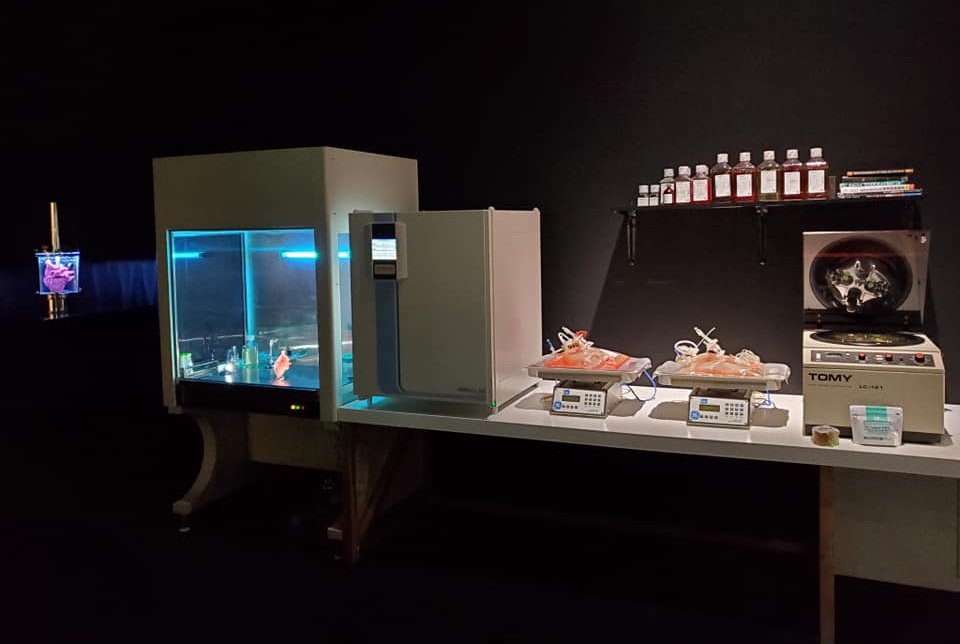
Modern museums are committed to ethical collecting. Gone are the days of indiscriminate gathering. Today, strict guidelines and permits ensure that only necessary specimens are taken, with minimal impact on wild populations. Many museums are even returning items to their countries of origin or collaborating with local communities to ensure collections benefit everyone. This ethical approach builds trust and sets a standard for responsible stewardship.
From Display Cases to Conservation Action
Museums are not just passive repositories. Increasingly, they are launching field projects, supporting habitat restoration, and advocating for conservation policies. Staff scientists travel the world to study endangered species and ecosystems, bringing back knowledge that informs both exhibits and action. By stepping beyond their walls, museums are transforming from keepers of the past to champions of the future.
Rediscovering Lost Species
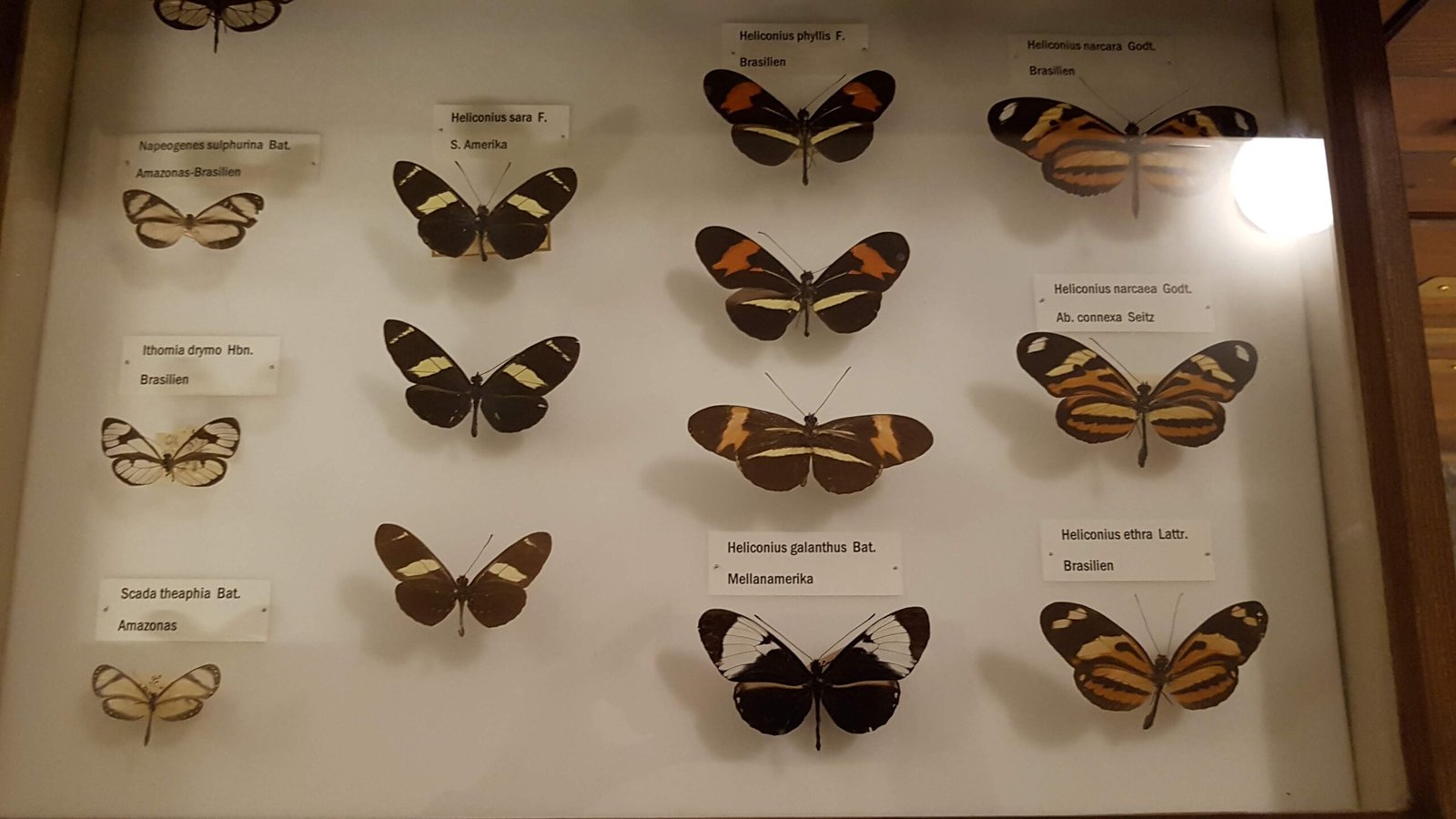
Sometimes, a forgotten specimen in a museum drawer leads to a major scientific breakthrough. New species are regularly described from old collections, and occasionally, a “lost” species is recognized as still existing thanks to museum records. These rediscoveries can galvanize conservation efforts and draw attention to overlooked habitats. It’s proof that even old bones can spark new hope.
Building a Bridge Between Science and Society
Museums serve as a bridge, connecting scientists, policymakers, and the public. Their exhibitions and outreach programs translate complex research into stories everyone can understand. By fostering dialogue and understanding, museums help build a society that values and protects biodiversity. Their role goes far beyond education—they are catalysts for change, uniting diverse voices in defense of life.
The Ongoing Mission of Museums

Museums are more than just places to gawk at ancient bones or exotic butterflies. They are active participants in the race to save our planet’s biodiversity. Through preservation, research, education, and advocacy, they hold the keys to understanding both our past and our future. The work is never finished; new challenges and discoveries await around every corner. Will the next great breakthrough come from a forgotten drawer, a digital scan, or a curious child inspired by a museum visit?


